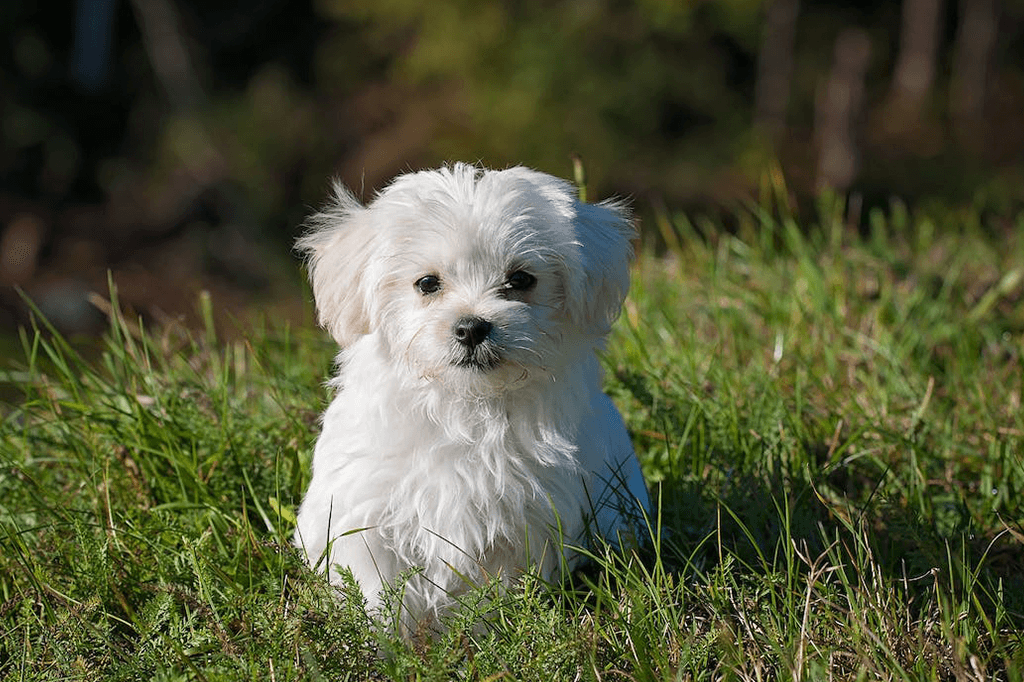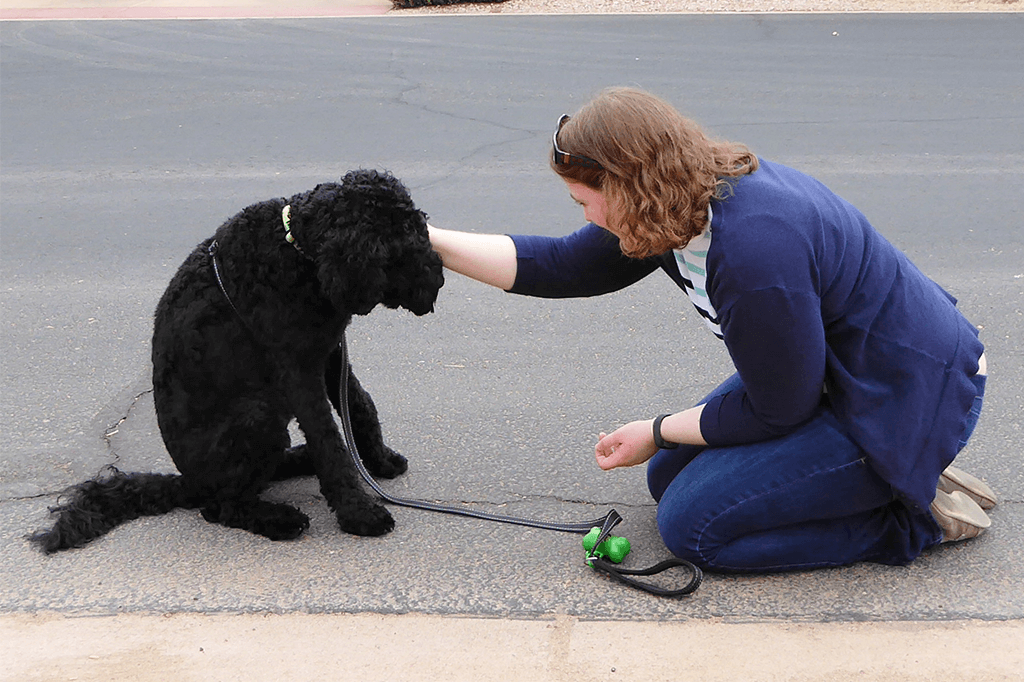Does Your Dog Embarrass You While Walking On A Leash?
Dog Leash Training Made Simple
When you get a puppy, you imagine how wonderful your life will be! Playing fetch in the park, cuddling, and going for walks. You dream of carrying him in your large handbag where he is perfectly well behaved, much like the girl in Legally Blonde. Maybe you’re even planning to have him as the ring bearer in your wedding. Everything is beautiful in this imaginary world with your new puppy.
Reality, however, hits you a bit differently. Basic commands, house training, and dog leash training work less effectively than you originally anticipated. And the idyllic scene of you and your sweet dog walking in tandem? That turns into something more like a disastrous chase scene from a Tom and Jerry cartoon. Maybe your puppy constantly sneaks off of his leash and into other people’s cat doors, maybe he decides to curl up in a ball for a rest at the end of someone’s driveway, or maybe he has a habit of jumping up at people on the sidewalk and ends up pulling down their pants!
Whatever the case, now is the time to instill some dog leash training into your life.
Getting Started with Dog Leash Training
The idea of teaching your dog to walk nicely on a leash may seem simple, but anyone who has tried will likely find it’s a bit more difficult than it sounds. Harnesses typically do not work well when trying to walk with a large breed dog. Harnesses allow dogs to use their full body weight to pull you forward. Eventually this means that they will be walking you rather than the other way around! Collars made of heavy metal must be avoided because they may give your pup too much control.
Begin dog leash training your pup at as young an age as 10 weeks. Use firmness, consistency, fairness, and praise to encourage your dog to develop an understanding of dog leash training within several weeks.
These two main commands teach your pup while he is learning dog leash walking: Heel and Leave It.
Dog Leash Training Command: “Heel”
Teaching your dog to heel requires a leash that is somewhat short, helping to keep him in control. Set the goal of keeping the leash hanging loosely next to you. Begin while standing still and then step off slowly, at the same time commanding your dog to “heel”. If needed, use dog treats to lure him forward while keeping him in the right place next to you. If your puppy tries to lurch forward without you, quickly say “no” and pull shortly on the leash. Gently place him in the correct position. Once you return him to the correct position, praise him very quickly so he hears the positive feedback right away.
Another option when your dog starts moving ahead of you: turn around and walk in the opposite direction. Use this to teach your pup to be constantly paying attention instead of trying to wander off on his own. When you do this, you also reinforce the idea that you are the master and he needs to obey you.
Dog Leash Training Command: “Leave It”
The second main command to accomplish dog leash training is “Leave It”. Use this command for a variety of scenarios. For instance, when on a walk your dog gets very distracted when approaching another dog. When this happens, get your dog’s attention as quickly as possible by using the command “leave it”. Combine this with making eye contact.
Continue to say “leave it” as the approaching dog gets closer. Then step aside and command your pup to “sit”. If you choose, continue saying “leave it” while urging his face toward you with a treat. Keep his attention this way until the other dog passes by. Then immediately praise him and give him the treat.
While you are teaching dog leash training by exercising the command to “leave it”, use the treats in the beginning. As your pup improves his behavior, aim toward weaning him off of the treats. Otherwise you’ll end up with one fat doggie! To do this, continue to use the “leave it” command as well as the verbal praise. But don’t give a treat every time to see how he does. Eventually cut out the treats altogether and your dog will obey you simply for the praise.
Dog leash training is not a magical overnight process, but it can often be accomplished in a matter of several weeks if you are dedicated to the task. Start early, be patient, offer positive reinforcement, distract with treats, and use the commands “heel” and “leave it”. These steps guarantee to take you and your puppy far. Eventually, this will accomplish that ideal picture of you and puppy strolling happily along the boulevard with grace and style!





